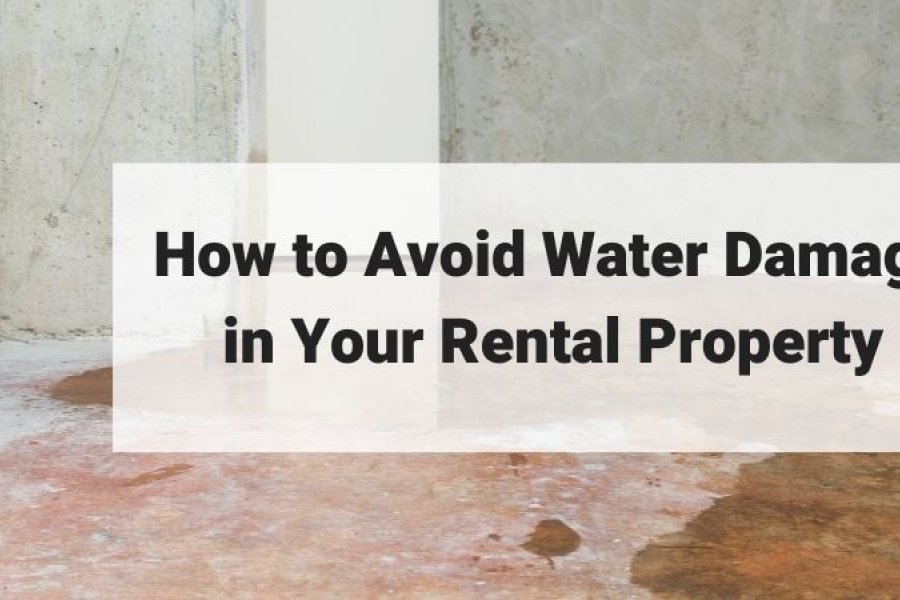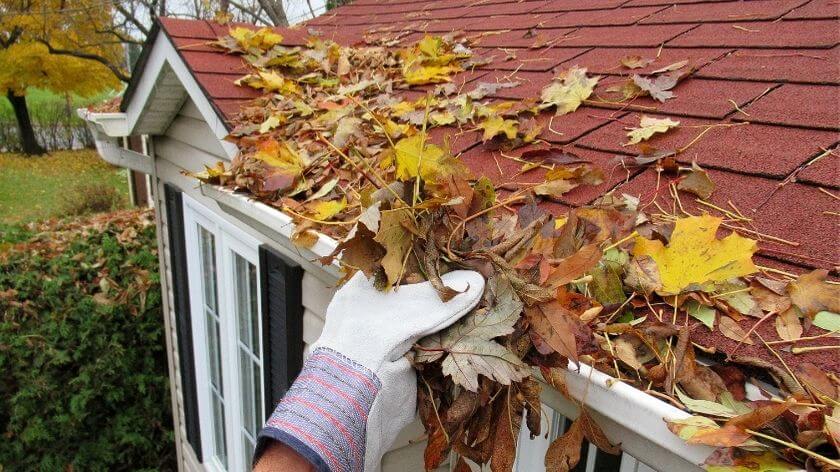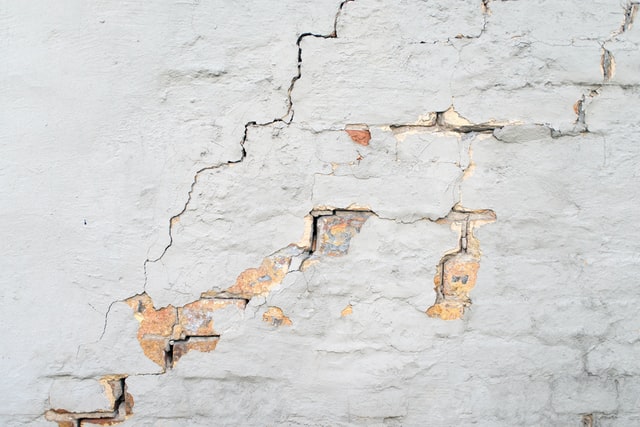
Are you worried about how water damage can impact your property? Water damage is flagged as a serious problem facing various property types and for a long time has been a point of concern for property managers and property users.
Just one inch of water damage can destroy flooring, furniture, drywall, and carpeting. An average household leak in the United States can result in a loss of more than 10,000 gallons and in increased and unplanned expenses.
If you want to learn how to spot sign of water damage and prevent it altogether, keep on reading!
What Causes Water Damage?
Water damage to property is caused by several factors including water leakages. When water is not contained in its systems, it causes damage to surrounding areas. Additionally, some water problems such as leakages are not easy to identify and can therefore cause a lot of damage before being uncovered.
This is why having professional and experienced property managers taking care of your property such as State Property Management is critical. Below are a few common causes of water damage in rental properties:
- Plumbing Causes - Water damage caused by plumbing issues include incorrect placement of fixtures like toilets and sinks.
- Malfunctioning Water Appliances - Appliances and devices such as water heaters can break causing leakages that lead to damage.

- Worn out Infrastructure - These can include old pipes that can no longer serve the property due to age or freezing in the cold weather. Moreover, broken or malfunctioning cisterns are a cause of water damage in restrooms.
- Corrosion - Corrosion of metallic parts of the water system in a property can lead to water leakages.
- Natural Causes - Not only do man-made causes lead to water damage. Some natural causes include rodents chewing through pipes and the growth of tree roots into piping bursting them.
How Can You Avoid Water Damage in Your Rental Property?
To avoid damage to your rental property, since it directly affects the quality of occupant experience, it’s crucial to be aware of the signs of possible water damage.
The signs include visible mildew or mold in wet areas such as kitchens and bathrooms despite cleaning. Stains in your ceiling are a key sign of water damage that signals leaking pipes or roofing issues that require attention.
In severe cases, water can pool on the floors resulting in buckling or cupped floors, particularly for wooden floors in a slab-foundation home.
Topping the list of tell-tale signs that there might be a water problem in your rental property or house is the sudden inexplicable rise in the water bill. This happens when the leakages are not immediately visible.
But how then can you avoid water damage in your rental property?

Conduct Regular Gutter Checks
The rain gutters must be consistently checked to ensure that there is no buildup. In the event of wear and tear or serious damage, they should be replaced immediately. It’s advisable to keep the gutters angled downwards and away from the property to guide water flow away from the foundation.
Conduct Roofing Checks
The roof is a critical component of the house and with the exposure to the rain and other extreme weather, it’s necessary to have it checked for holes or damage that can allow water to ensure the home. However, investment in the right kind of roof that can withstand the elements is the best way to go.
Seal Windows Properly
Windows must be weatherized and checked to avoid water damage. They must be properly sealed and designed to close fully when needed. Additionally, ensure that there are no gaps or cracks in the windows.
Conduct Drain Checks
Regularly checking the drains in your rental property allows you to take charge and make changes if need be, as soon as possible. Drains are susceptible to damage as they are constantly in direct contact with water.
They are always in use and thus expected to wear down faster than other items on your property. Replacement of damaged drains or those likely to get damaged soon is therefore mandatory for you to avoid the resultant water damage.

Conduct Wall Checks
Walls show water damage happening by revealing cracks or chipped paint. If you see cracks forming, it’s best to investigate immediately. If it is caused by water damage and it’s left alone too long it could result in very costly repairs.
Check for Flooding Around Perimeter Walls and Drains
Flooding is a clear sign of water damage occurring in your water system and infrastructure. Drains that do not let water pass through seamlessly also show that there is a water problem in your property requiring professional attention.
Properly Dispose of Cooking Fats/ Oils
Cooking fats and cooking oils are key culprits in causing water damage in the kitchens. When fats, oils, and grease cool down they become solid and clog pipes. As good practice, one should cool and dispose of them in garbage once hardened rather than pouring them down the drain when still hot.
Bottom Line
It’s vital to spot signs of water damage early to avoid more costly issues down the line. Landlords should also implement regular property inspections and maintenance to prevent issues from occurring in the first place. Should you need help with this or any other aspect of property management consider hiring a professional property management firm.
Landlords and property owners require a wide array of services in ensuring that their investment is protected. These include tenant screenings, collection of rent, handling repairs such as those caused by water damage, handling property maintenance, property marketing, and inspections. These services ensure that the property is at its optimum to yield results.
State Property Management can do all this and more. We are dedicated to providing excellent residential management services to property owners and their tenants. Contact us today to learn more about our service!